
In the annals of armored warfare, few tanks have sparked as much debate over their development and deployment as the M26 Pershing.
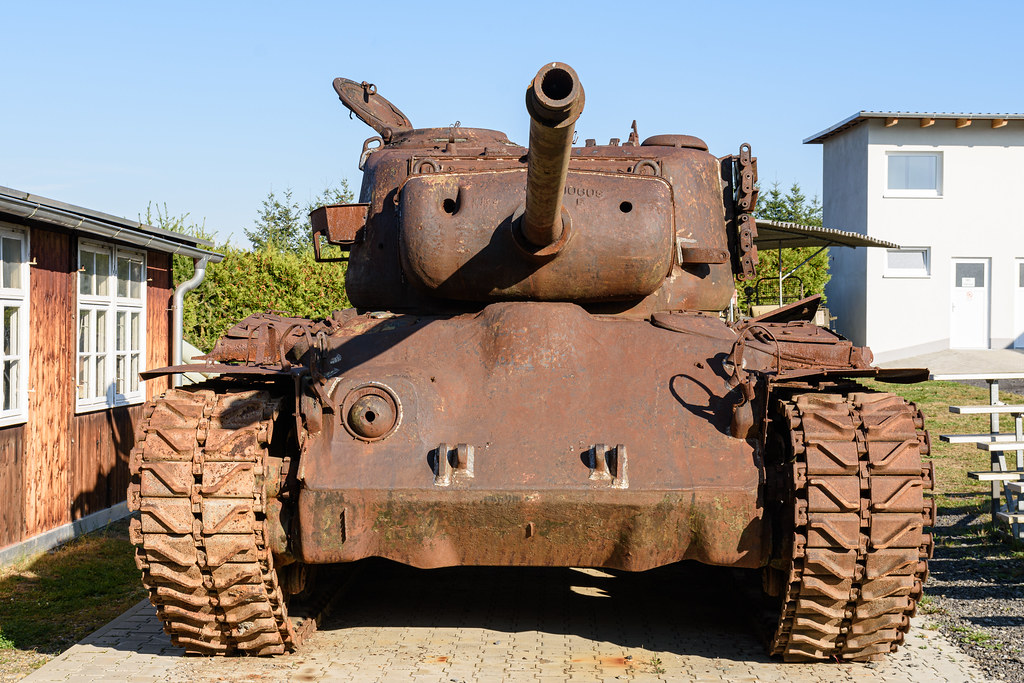
This U.S. heavy tank, which arrived in the European Theater of World War II during its waning months, has been both lauded for its prowess in battle against formidable German panzers and criticized for its belated entrance onto the front lines.

The M26 Pershing’s story begins in the early 1940s, amidst the urgent demands for an armored vehicle capable of taking on the German Mk VI Tiger and Mk V Panther tanks.
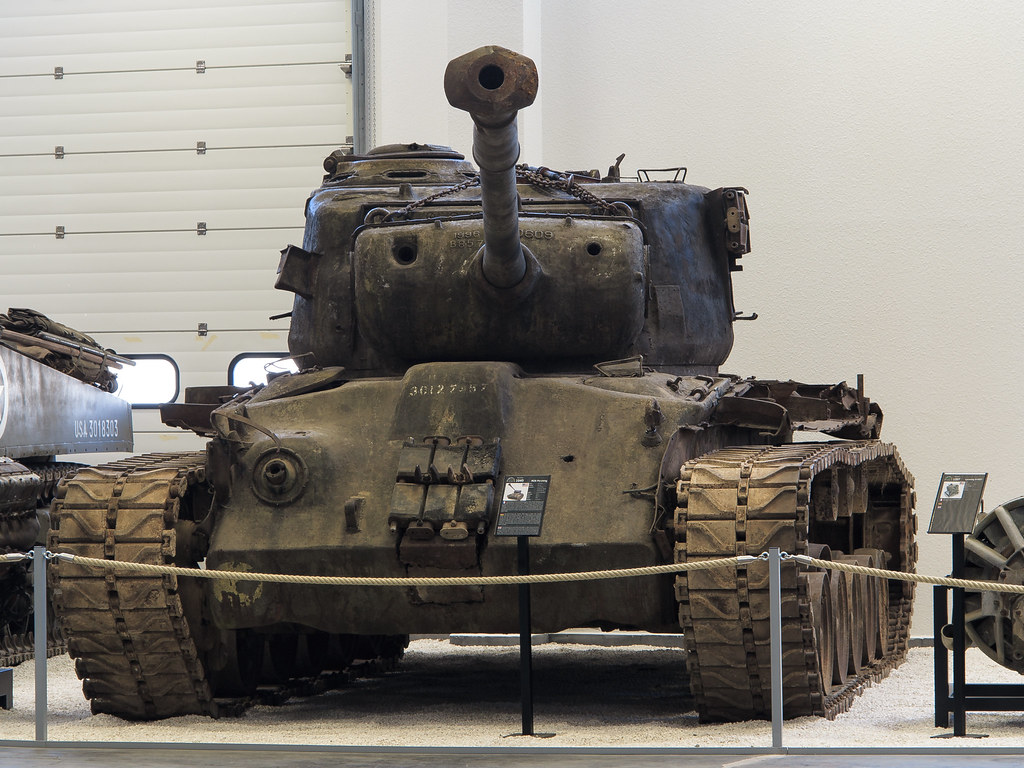
The Sherman, the Allies’ main battle tank, had proven insufficient against such threats, and the need for a more formidable tank was clear.

This led to the development of the T20 series as an improved version of the Sherman, culminating in the T26E1, the prototype for what would become the M26 Pershing.

Despite the clear advantage in armament and armor that the T26E1 offered over the Sherman, its arrival at the front was mired in delay.

Top U.S. military commanders were divided over the need for a heavy tank. Lt. Gen. Lesley McNair, head of U.S. Army Ground Forces, was particularly averse to the concept, favoring instead a doctrine that emphasized the role of tank destroyers in anti-armor engagements, leaving U.S. tanks to support infantry and exploit breakthroughs.
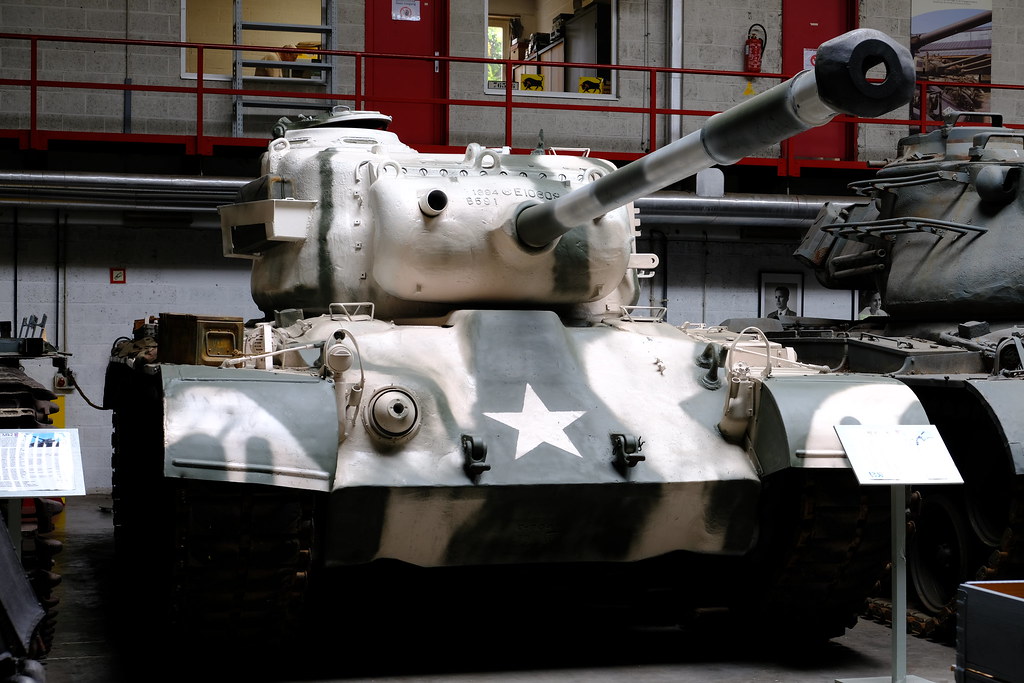
It took the direct intervention of Army Chief of Staff General George C. Marshall, who authorized the production of the T26E1, to put the tank on a production track. By November 1944, the tank designated as the T26E3, and later the M26 Pershing, began to roll off the assembly line.

However, it wasn’t until January 1945 that the first batch of Pershings made it overseas, missing much of the intense tank warfare that had characterized the European campaign up to that point.
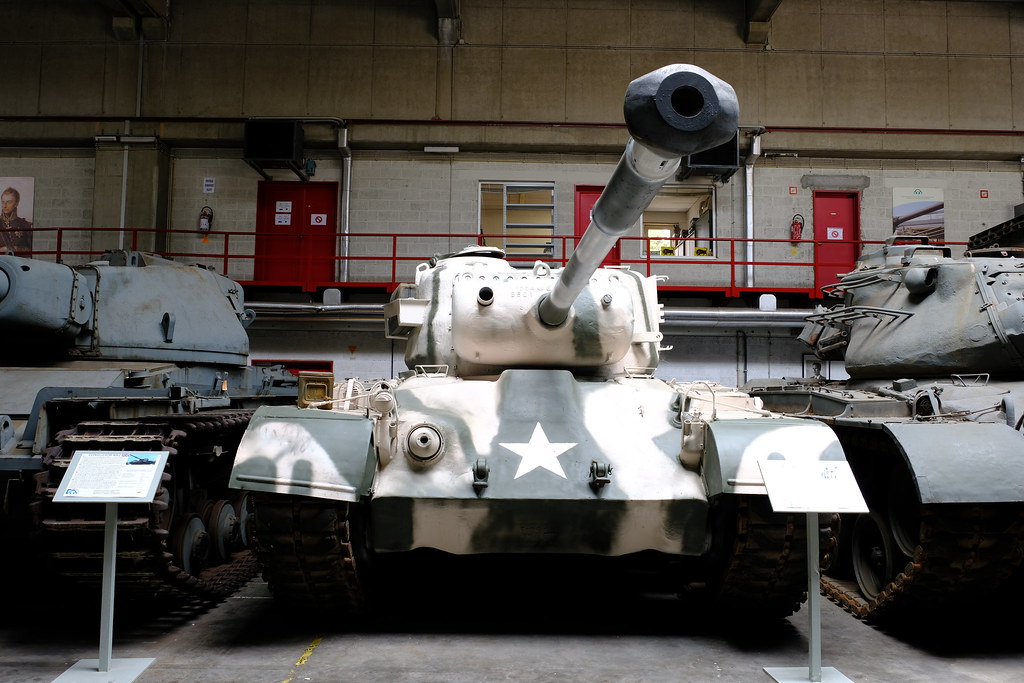
The Pershing’s first action came with the 3rd Armored Division near the Roer River on February 25, 1945. It’s noteworthy that the M26’s combat debut was marked by a bittersweet moment when one of the first Pershings to see action, nicknamed “Fireball,” was destroyed by a Tiger I tank at Elsdorf.
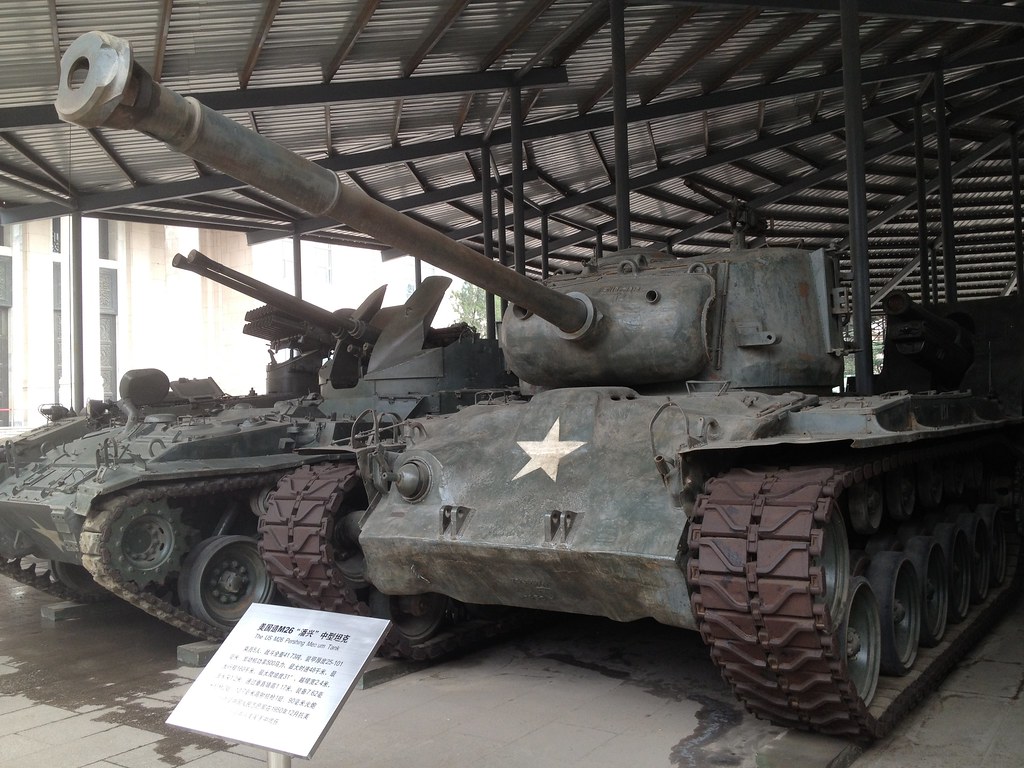
However, the Pershing’s firepower was confirmed days later when another M26 took out multiple German tanks with precise shots, showcasing its potential as a formidable adversary to the feared Panther and Tiger tanks.
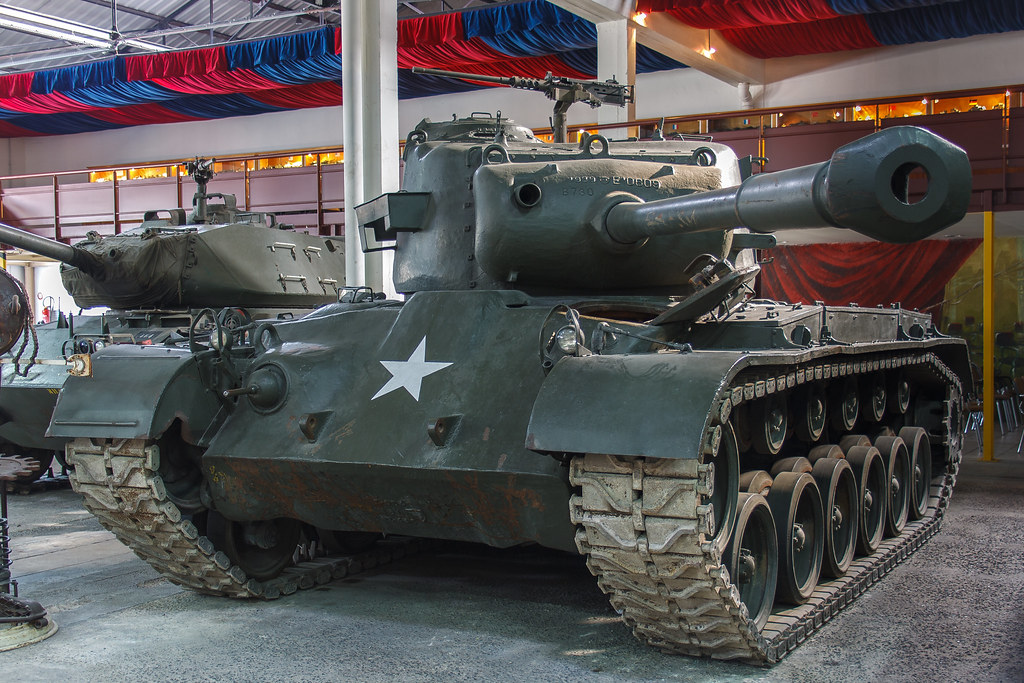
The M26 also played a crucial role during the capture of the Ludendorff Bridge at Remagen. Pershings provided critical fire support, allowing American forces to establish a bridgehead on the eastern bank of the Rhine River.
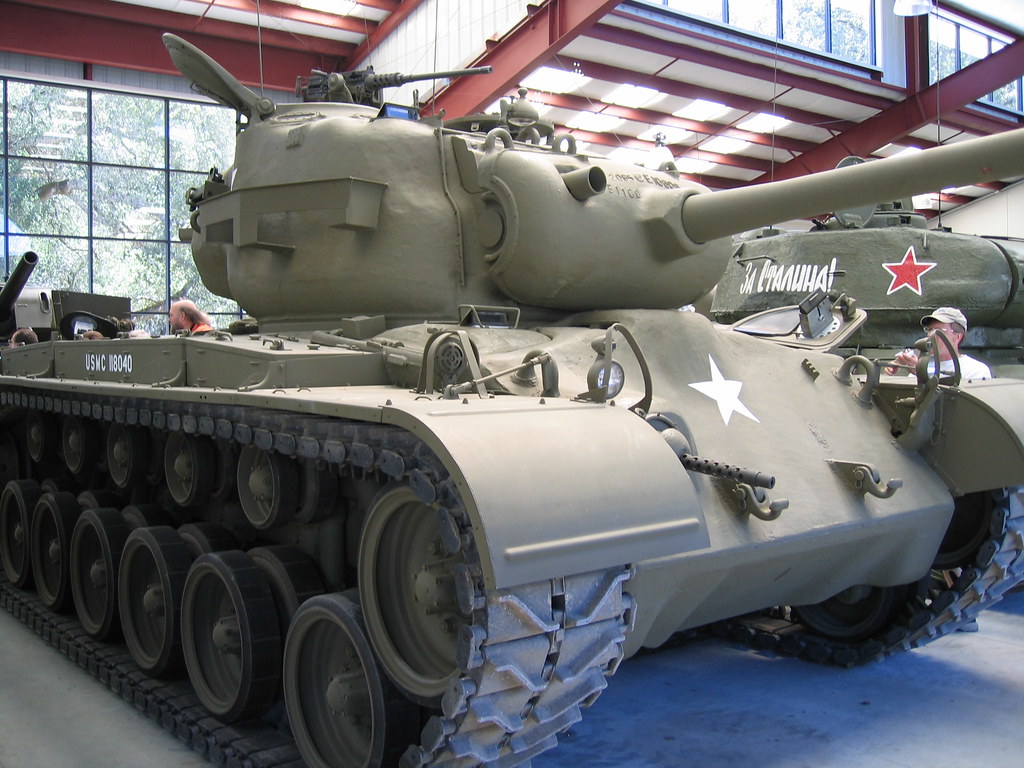
The presence of these tanks at such a pivotal moment underscored their impact on the late stages of the war in Europe, even though their numbers were limited.
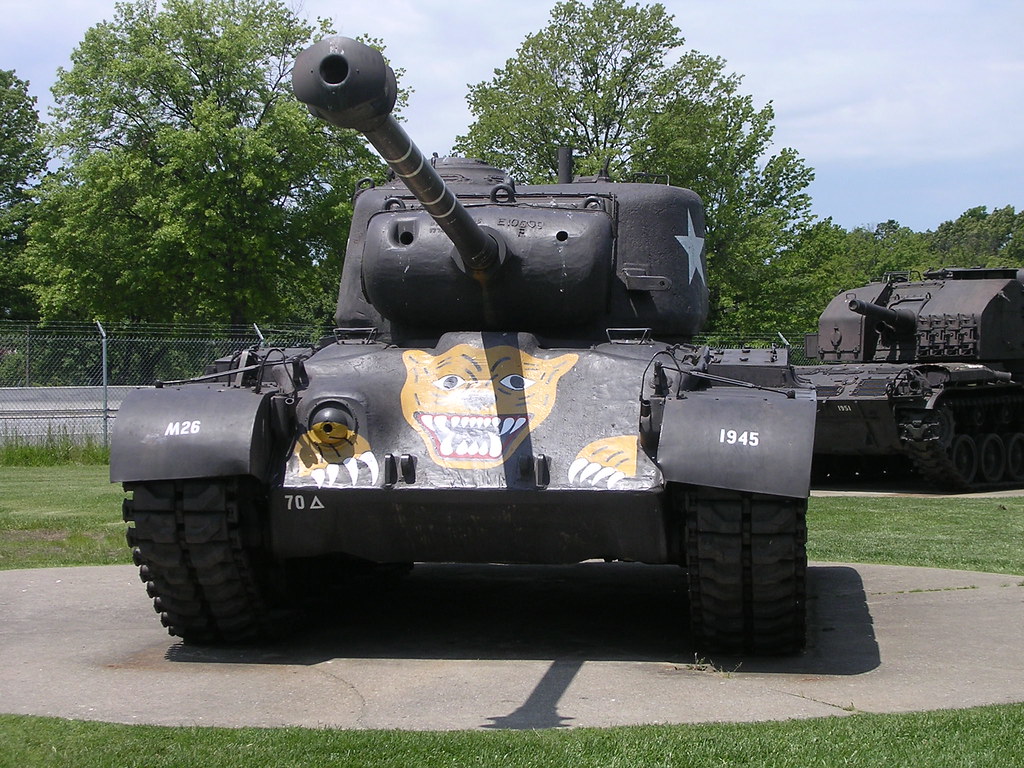
One of the most significant actions involving the M26 came near the war’s end, featuring a duel between an upgraded variant, the Super Pershing, and a German King Tiger. The engagement showcased the potent firepower of the Super Pershing, with its long-barreled T15E1 90mm gun outperforming the Tiger’s 88mm cannon.

This short yet intense confrontation, which resulted in the destruction of the German tank, offered a glimpse of what could have been had the M26 entered the fray sooner. As World War II drew to a close, over 310 M26 Pershing had been delivered to the European Theater, with around 200 seeing frontline service.

